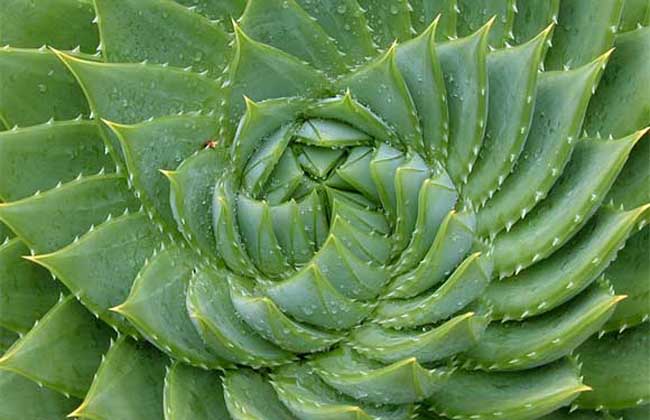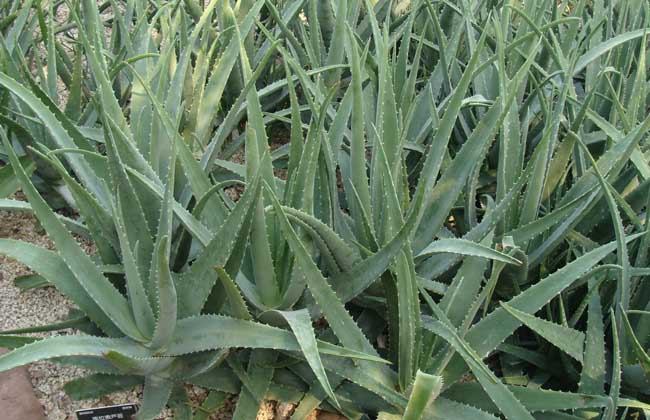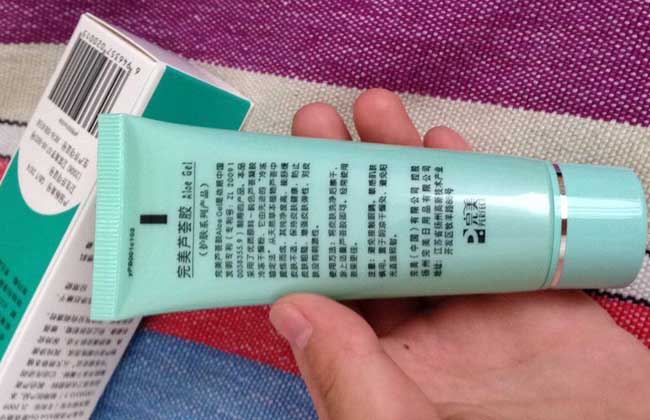How much is a pot of leafy aloe?

Leafy aloe is a unique kind of aloe in the Drakensburg Mountains of Lesotho, also known as spiral aloe, Solomon King Jasper Crown, etc., different from ordinary aloe, its leaves are triangular and spirally arranged, showing the shape of a round basin. Usually bloom in spring and early summer, it has a very high cultivation and ornamental value, below we have a look at how much a pot of leafy aloe!
How much is a pot of leafy aloe?
The price of leafy aloe seedlings is about 40-60 yuan per pot. Leafy aloe is a kind of aloe unique to the Drakensburg Mountains of Lesotho, with high ornamental value, and seedlings can only be obtained by sowing and manual intervention to destroy the growing point. therefore, the price of leafy aloe seeds is also one of the most expensive of almost all plants, because it is difficult to bear seeds not often and without suitable opportunities and pollination, so the price of a single seed even exceeds the record of 10 euros.
Growth habits of Aloe vera L.
Leafy aloe vera is found on high-altitude slopes, in loose rocks in the cracks of basalt on steep slopes, and often in the cloud belt of Lesotho. The soil of the growing area is well drained, and Rain Water is sufficient in summer. Like the environment with great temperature difference between day and night, the plant can withstand freezing without damage in winter dormancy, and can withstand high temperature of more than 40 ℃ during daytime in summer. It has a long life and can survive for more than 50 years.
Propagation methods of Aloe vera L.
Leafy aloe can not propagate asexually, but can only be planted by sowing. The plant can be self-pollinated after flowering, but the obtained seeds are not sure whether they are active or not. Aloe vera seeds treated with cold and wet stratification can relieve the dormancy of embryos. Hydrogen peroxide, alcohol, hydrochloric acid and sodium hydroxide can increase the air permeability of the inner seed coat, but do not increase the germination rate. Gibberellic acid soaking will not increase the germination rate.
Culture methods of multi-leaf aloe
1. Soil: multi-leaf aloe likes to grow in loose soil with good drainage and not easy to solidify. General soil can be mixed with water, gravel and ash, and pay attention to avoid soil with poor drainage and poor breathability. the soil with poor drainage and air permeability is easy to cause root respiration obstruction and poor growth.
2, light: multi-leaf aloe is more like light, full light is necessary, son ah during the breeding period because of its exposure to the sun in the Xiangyang area. But the newly planted leafy aloe is not suitable to bask in the sun, it is best to see the sun only in the morning, after ten days and a half months it will slowly adapt to the sun to thrive.
3. Temperature: multi-leaf aloe has strong adaptability, likes to grow in an environment with great temperature difference between day and night, can withstand high temperature and low temperature, can be frozen without damage, and can withstand a high temperature of more than 40 degrees, so there is nothing to pay attention to on the temperature.
4. Watering: the growth of leafy aloe also needs an appropriate amount of water supply, but like ordinary aloe plants, stagnant water is very afraid of stagnant water, which is likely to damage the growth and development of plant roots, causing root rot and wilting, and so on. Watering should be appropriate in the daily breeding process, dry and wet, and it is better to keep the soil slightly dry.
5. Fertilization: although the amount of fertilizer required by leafy aloe is very low, it does not mean that there is no need for fertilization. at the same time, in addition to the necessary potassium phosphate fertilizer, the right amount of trace elements can ferment organic fertilizer and make the plant grow more smoothly and rapidly.
6. Diseases: the common diseases of leafy aloe include anthracnose, brown spot, leaf blight, white silk disease and bacterial diseases. Before the occurrence of the disease or after the diseased parts of the diseased plants were removed, applying 0.5-0.8 Bordeaux liquid to the leaves could effectively prevent and inhibit the invasion and spread of the pathogen.
Related
- A course of planting techniques and methods on how to grow carrots
- How to plant the latest tulips?
- Is it better to pick tea in the morning or in the afternoon? When is the best time for tea to be picked? what is the third or fifth tea?
- Launch Yuanxiao Happy combination Haocha + Tea Yuan healthy Taste
- Penghu Tourism "Fireworks 20 Parade with You"
- 2022 West Lake Happiness holds "Digital Revitalization Voucher" and draws iphone13 and laptop.
- Banqiao Fuzhou social houses are designed to change start-up combined with police elimination to create a safe and livable environment
- The convenient measure of "mechanical weeding" in Xinbei has been abused and the Agriculture Bureau has imposed heavy penalties on the illegal land consolidation.
- Changgeng University Joins Hands with Four Memory Factories to Rescue Memory Talent Shortage
- The list of Taiwan's top 100 MVP managers is listed by the Director-General of the Farmers' Association of Sanxia District.



